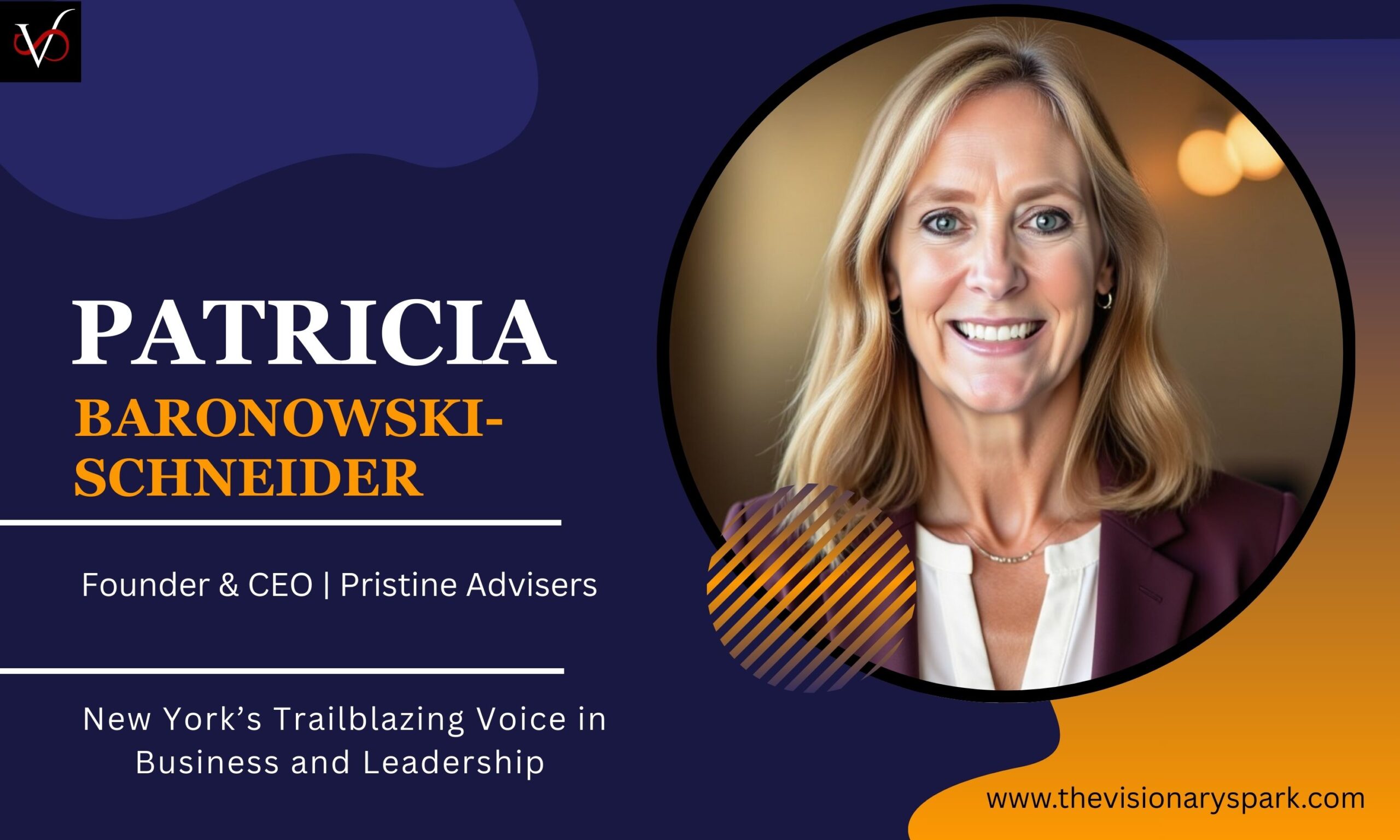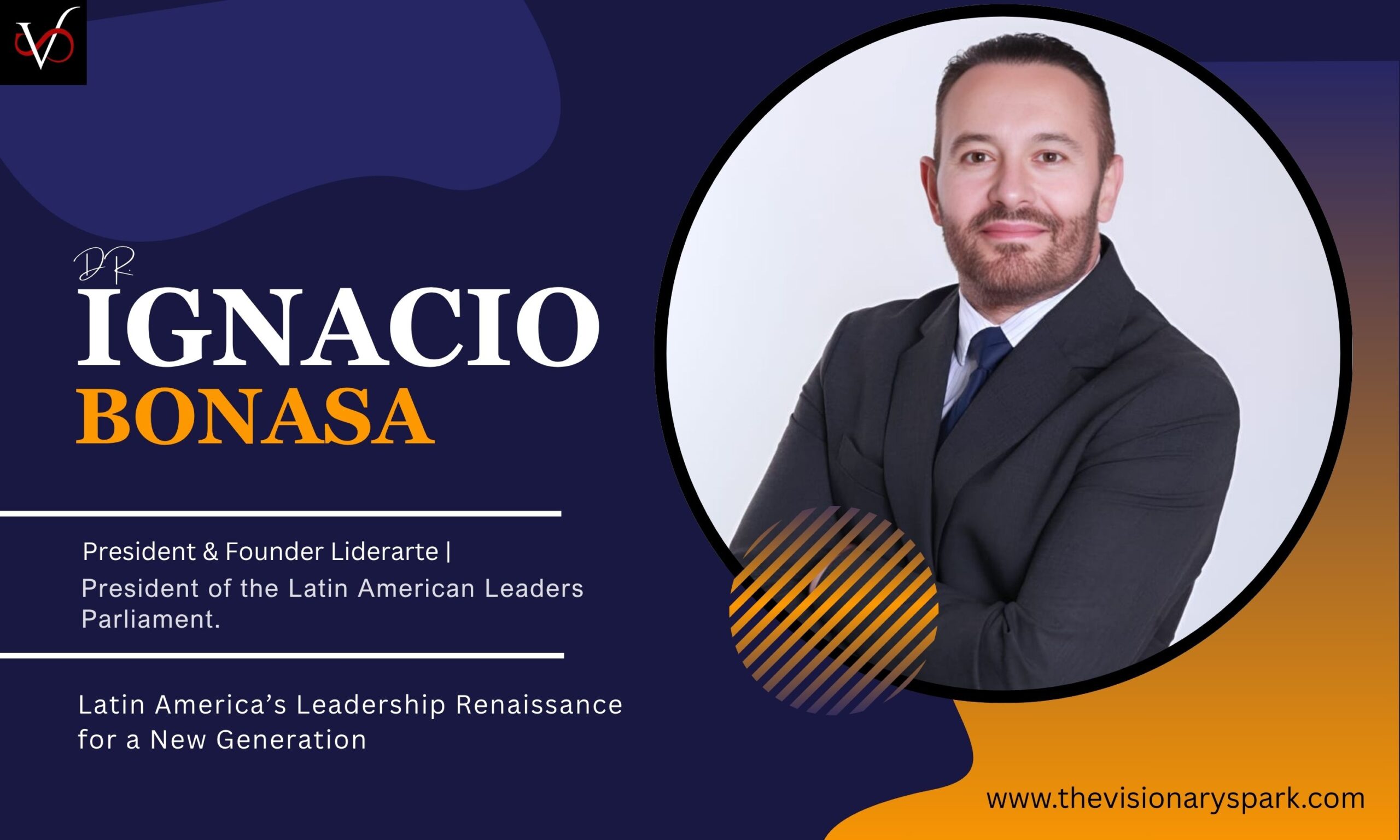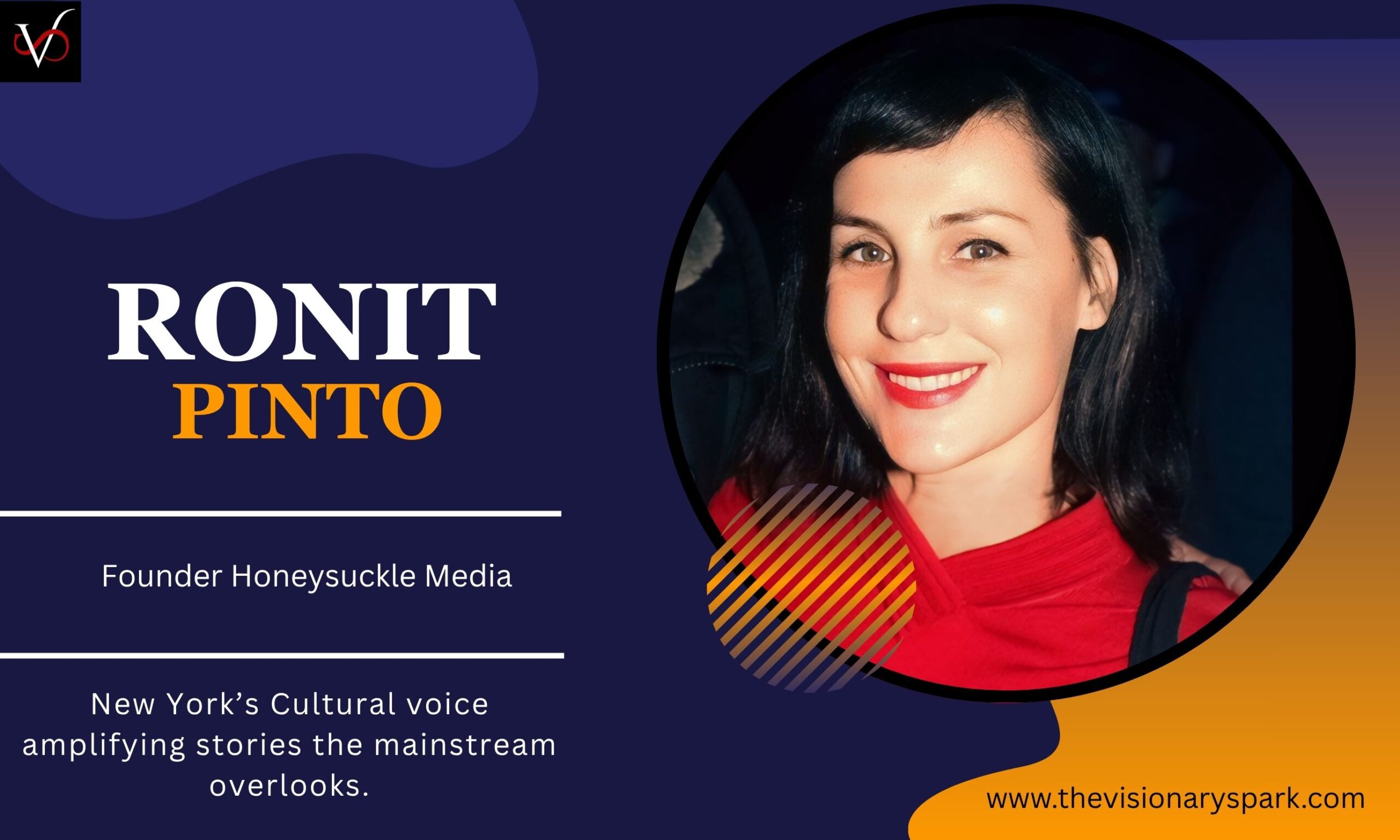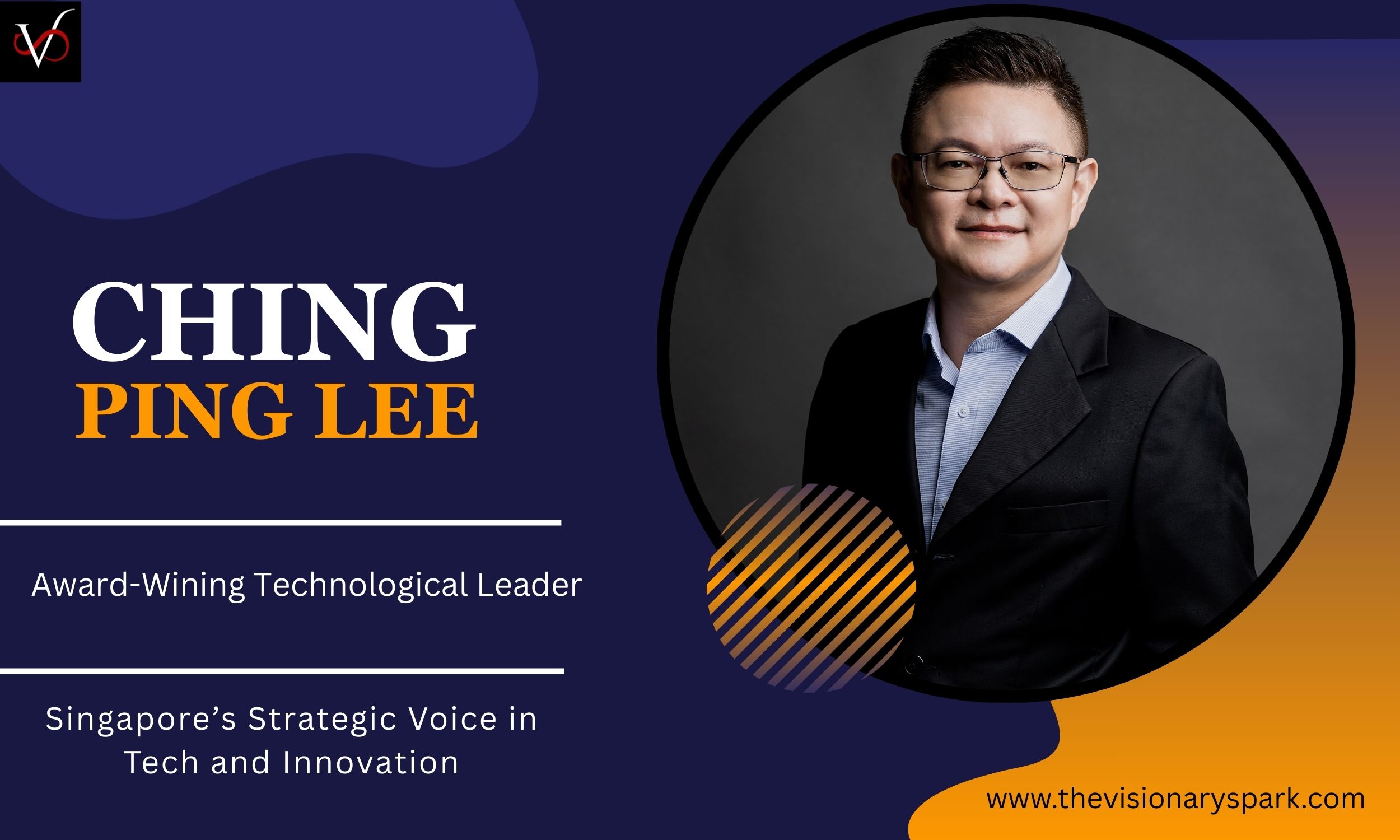Opening & Background
For Patricia Baronowski-Schneider, the world of investor relations and strategic communications has always been about more than numbers on a balance sheet. Her journey began over 35 years ago in the investment community, where she quickly noticed a recurring challenge: companies with strong financials and capable leadership often struggled to communicate their true value to shareholders and the public. This disconnect fascinated her. She was drawn to what she describes as the “intersection of finance and storytelling,” where the right narrative, delivered at the right moment, could shape investor sentiment and strengthen market confidence.
That spark of curiosity grew into a lifelong passion. What keeps Patricia engaged after more than three decades is the ever-changing nature of the field. Each client brings unique challenges, industries continue to evolve, and the communications landscape shifts constantly with new media platforms and technologies. For her, no two days are ever the same. Instead, every project offers an opportunity to help organizations articulate their stories in a way that inspires trust, credibility, and lasting engagement with stakeholders.
Education has been central to this journey. Armed with an MBA, Patricia built a strong foundation in finance and strategy, equipping her to converse with executives and investors in their own language. But for her, learning has never been a one-time milestone — it’s an ongoing commitment. She views continuous upskilling as both a professional necessity and a personal philosophy.
When social media began reshaping communication, she embraced it head-on, earning a HubSpot certification that deepened her expertise in digital marketing. Today, she continues to pursue courses on emerging areas such as artificial intelligence in marketing and ESG reporting, ensuring that her strategies remain both innovative and relevant. This adaptability not only keeps her ahead of industry shifts but also sets an example for her team and clients. As Patricia often emphasizes, in a world defined by change, continuous learning isn’t optional — it’s essential.
Career & Experience
Over the course of her career at Pristine Advisers, Patricia Baronowski-Schneider has worked with more than a hundred global clients, ranging from large closed-end funds to cleantech innovators and consumer brands. Across this wide spectrum, she notes that the most common challenge organizations face in investor relations is clarity and consistency. Too often, companies become tangled in jargon or focused narrowly on short-term results, losing sight of the bigger picture. For Patricia, successful communication is about weaving together a narrative that connects day-to-day operations with long-term vision — one that both investors and employees can understand and rally behind.
Equally pressing is the issue of reactivity. Many firms wait until a crisis or proxy challenge surfaces before addressing stakeholders, but by then, the narrative has often slipped beyond their control. Patricia has built her approach on proactive communication, ensuring that strategy, milestones, and vision are communicated well before competitors or activists can define the story. In her view, clarity and consistency across every channel are what transform communication from a defensive tool into a strategic asset.
Over the years, she has been privileged to represent clients such as Duracell, Barings, Aberdeen Asset Management, Prospect Capital, EquitiLink, Zweig Funds, and innovative ESG pioneers like INNOVO – Profitable Net Zero. This range has allowed her to apply her expertise across both established multinationals and ambitious innovators seeking to transform their industries.
Her work spans industries as diverse as nonprofits, capital markets, and consumer brands — each requiring its own distinct approach. Yet, as Patricia emphasizes, the principles of effective communication remain universal: clarity, credibility, and connection. In the nonprofit sector, the story revolves around mission and impact. In capital markets, the focus shifts toward performance and governance. For consumer brands, it is identity and differentiation that take center stage. Regardless of the industry, Patricia’s method begins with immersion. She takes the time to understand each client’s world — their audience, their challenges, and their unique language — before shaping a strategy that resonates. At the heart of every effort lies a common foundation: building trust. Whether asking for donations, shareholder votes, or consumer loyalty, success depends on whether people believe in you.
Her global experience has also given Patricia a nuanced perspective on communication styles across markets. The U.S., she observes, is fast-paced, aggressive, and heavily influenced by quarterly performance and media coverage. Activist investors are more prominent, and messaging must be sharp, concise, and frequent to keep up with market expectations. Europe, by contrast, often places greater emphasis on long-term strategy, governance, and sustainability. Stakeholders there expect deeper ESG integration and demonstrate more patience with short-term performance fluctuations. The tone of communication differs as well: American investors prefer quick, punchy updates, while European audiences value detailed reports and transparency. For Patricia, navigating these differences has reinforced the importance of tailoring not only the message, but also the medium and tone, to cultural expectations — all while maintaining a consistent overarching narrative.
Core Strengths & Achievements
For Patricia Baronowski-Schneider, capturing the attention of top-tier media outlets such as The Wall Street Journal and Bloomberg comes down to one essential ingredient: relevance. She understands that journalists and editors are flooded daily with pitches, and only those that tie directly to market trends, investor concerns, or broader human-interest themes will rise above the noise. Every story she crafts begins with a simple but powerful question: Why does this matter now? By tailoring the narrative to each journalist’s beat and aligning it with the conversations already happening in the public domain, Patricia positions her clients not as self-promoters, but as thought leaders offering valuable perspectives. Over the years, her ability to deliver timely, meaningful insights has earned the trust of media professionals, many of whom now view her pitches as reliably well-prepared, relevant, and impactful.
In fact, her campaigns have secured over 200 top-tier media placements across outlets such as The Wall Street Journal, Bloomberg, and CNBC, generating millions of investor impressions and, in some cases, helping clients increase institutional ownership by 30–40% within 18 months.
Her approach to investor relations is equally grounded in clarity. Patricia firmly believes that if something cannot be explained simply, it is not fully understood. Stripping away jargon and zeroing in on the essence of a message — what is happening, why it matters, and what the expected outcome is — is her guiding principle. Whether breaking down NAV discounts or unpacking complex ESG strategies, she uses analogies and visuals that resonate with retail investors while maintaining the sophistication institutional investors require. Just as important is consistency: across shareholder letters, press releases, websites, and media interviews, Patricia ensures the messaging remains transparent and unified. This coherence, she explains, is what builds confidence — even when the subject matter is complex or the market environment uncertain.
Beyond storytelling, Patricia’s strategies consistently deliver measurable results because they are rooted in alignment. She emphasizes aligning messaging with organizational goals, matching companies with the right investors, and building media visibility that strengthens credibility rather than chasing attention for its own sake. For her, sustained shareholder engagement is essential — from regular letters and webinars to roadshows that keep investors informed and valued. Media placements, meanwhile, provide market legitimacy, while close relationships with analysts help drive institutional ownership. Patricia is quick to stress that success is never the product of one splashy campaign. Instead, it’s about disciplined, sustained communication: telling a compelling growth story, backing it with clear data, and demonstrating accountability over time.
This philosophy also extends to the events she has organized, such as the Investment Strategies Conference. In her eyes, conferences and roadshows remain indispensable even in today’s digital-first environment. Investors, she says, want more than quarterly reports — they want to look executives in the eye, ask tough questions, and gauge the conviction behind the strategy. At the same time, Patricia sees the value of digital formats, which expand reach to a global audience. For her, the future is hybrid: events that balance the intimacy of in-person interactions with the accessibility of virtual platforms. At their core, these forums remain powerful opportunities for building trust and showcasing thought leadership — a reminder that even in an era of digital disruption, nothing replaces the authenticity of a live exchange.
Challenges & Insights
For Patricia Baronowski-Schneider, some of the most defining moments of her career have come in times of turbulence. One case that stands out involved a closed-end fund facing intense pressure from an activist investor determined to push for liquidation. Shareholders, understandably, were uneasy. Patricia knew that success in this environment wouldn’t come from spin, but from trust and strategy. Working closely with the fund’s proxy solicitor EQ Fund Solutions and legal team, she orchestrated a layered communications plan: pre-drafted Q&As for the board, rapid-response press releases, letters to reassure shareholders of the fund’s long-term strategy, and targeted media outreach to counter negative narratives. She also developed simple explainers for retail investors, demystifying complex financial issues and illustrating why liquidation was not in their best interest. Ultimately, her strategy helped the fund secure the shareholder support needed to preserve its course. The experience reaffirmed Patricia’s philosophy that true crisis communication is built on preparation, clarity, and ensuring the organization speaks with one confident, unified voice.
Looking beyond crises, Patricia has also witnessed how investor relations has transformed over the past decade. Where once the field was dominated by press releases, quarterly calls, and analyst briefings, it has now evolved into a two-way dialogue fueled by digital platforms. Social media, podcasts, and video channels have become just as important as traditional methods, particularly for reaching retail investors who expect direct engagement through LinkedIn, X (formerly Twitter), and YouTube. Transparency, too, has taken on new dimensions: stakeholders no longer wait for quarterly updates — they want real-time visibility and authentic interaction. But with opportunity comes risk. Digital platforms can amplify misinformation in minutes, requiring companies to monitor sentiment constantly and respond swiftly. For Patricia, the fundamentals of IR remain unchanged — trust, clarity, and consistency — but the toolkit has expanded dramatically, demanding that today’s professionals be equal parts storyteller, digital strategist, and crisis manager.
Among the biggest shifts in recent years has been the rise of ESG as a central investment consideration. Patricia is clear-eyed about its importance: sustainability is no longer a side note; it’s a defining factor in how companies are valued. Yet she cautions that investors are increasingly skeptical of greenwashing, which makes authenticity and measurable outcomes essential. For her, the future of ESG storytelling lies in data-backed narratives that weave sustainability into the core business strategy, rather than presenting it as an afterthought. When a company reduces its carbon footprint, Patricia explains, the story is not just environmental — it’s also financial, reflecting cost savings, risk management, and long-term value creation. The most compelling narratives demonstrate that “doing good” and “doing well” are not opposing forces, but mutually reinforcing drivers of growth.
This belief in integration and collaboration extends beyond ESG. Having served on advisory boards and worked on innovation-driven projects, Patricia has seen firsthand the power of cross-industry exchange. “Innovation rarely happens in isolation,” she often notes. The most transformative ideas emerge where disciplines intersect — finance with technology, sustainability with marketing, healthcare with AI. For communications professionals, this intersection is where their value is most evident: translating technical breakthroughs into stories that resonate with investors, media, and the broader public. Patricia’s work across cleantech, financial services, and consumer branding has shown her that each industry can inform and strengthen the other. By breaking down silos and embracing collaboration, she believes communicators can craft strategies that are not only more resilient and innovative, but also more impactful in shaping the future of business.
Thought Leadership & Writing
For Patricia Baronowski-Schneider, thought leadership has never been an afterthought — it has been a cornerstone of her influence in investor relations and branding. As a bestselling author and TEDx speaker, she has used her platforms to extend the reach of her expertise far beyond boardrooms and shareholder letters. Publishing books and standing on global stages has given her the opportunity to share insights with diverse audiences, building not only her personal credibility but also deepening the trust clients place in her. When potential partners see that she isn’t just practicing IR and PR but actively shaping the industry’s conversations, they gain confidence in her ability to lead them through complex communications challenges.
Patricia also applies this philosophy to the organizations she works with. She frequently encourages clients to embrace their own thought leadership — whether through op-eds, contributions to trade publications, or keynote appearances at industry events. In her view, visibility is not just about being seen; it’s about being heard as a voice of authority. In crowded and competitive markets, she argues, the companies that rise above the noise are those that not only promote their products but also educate, inspire, and set the agenda.
Her writing contributions to outlets such as Brainz Magazine and Newsbreak have given her yet another vantage point into the narratives shaping business and leadership. One of the most common misconceptions she highlights is the belief that investor relations is synonymous with fundraising. “IR is not about soliciting investments,” she emphasizes. “It’s about building relationships and creating transparency so investors can make informed decisions.” Another misunderstanding she often encounters is the assumption that public relations and investor relations function as separate entities. In reality, she notes, the two are inseparably linked — a company’s media presence has a direct impact on investor sentiment, making it essential that PR and IR strategies align seamlessly.
Leadership communication, too, is frequently oversimplified. Too many leaders, Patricia observes, equate communication with delivering speeches or issuing directives. True leadership communication, she insists, is about listening, engaging, and fostering alignment across all stakeholders. The most effective leaders don’t simply talk at their audiences; they create dialogue, build trust, and cultivate environments where employees, investors, and customers alike feel heard and valued.
Through her books, speaking engagements, and contributions to leading publications, Patricia continues to challenge assumptions, broaden perspectives, and elevate the standards of communication. For her, thought leadership is not just personal branding — it is a powerful amplifier that drives influence, builds credibility, and shapes the future of both investor relations and corporate storytelling.
Closing & Advice
As Patricia Baronowski-Schneider reflects on her decades of experience, her message to the next generation of investor relations and communications professionals is both simple and profound: be curious, be resilient, and be authentic.
Curiosity, she believes, is the engine that drives growth in this field. It pushes professionals to not only understand financial models and strategic plans but also to grasp the human side of business — the motivations, fears, and aspirations that shape investor behavior. Without curiosity, communications risk becoming mechanical; with it, they become meaningful and impactful.
Equally essential is resilience. Investor relations is not a career for the faint of heart. Patricia has seen firsthand how quickly a routine day can turn into a crisis — an activist campaign, a skeptical analyst report, or a sudden shift in market sentiment. Setbacks are inevitable, but the ability to stay steady under pressure, adapt quickly, and keep stakeholders focused on the long-term vision often defines the difference between failure and success.
Yet, for Patricia, authenticity is the true cornerstone of lasting trust. Investors, analysts, and media professionals can quickly detect when someone is being disingenuous. “Speak with honesty, admit what you don’t know, and always follow through on what you promise,” she advises. Authenticity not only builds credibility but also fosters stronger, more enduring relationships — the kind that sustain organizations through both challenges and triumphs. Looking ahead, I believe the future of investor relations and strategic communications will be shaped by technology, transparency, and trust. Artificial intelligence and advanced analytics will reshape how we measure and deliver messaging; ESG will remain a central filter through which investors assess long-term viability; and trust—earned through clarity, consistency, and accountability—will remain the foundation of lasting investor relationships. My mission through Pristine Advisers is to ensure organizations—whether global giants or emerging innovators—tell their stories in ways that resonate today and build credibility for tomorrow.
Her counsel to aspiring professionals is ultimately a call to combine competence with character. Technical skills and strategic savvy matter, but what leaves the deepest impact is integrity. “If you commit to learning continuously and serving with integrity,” Patricia says, “you’ll not only succeed in this field but also make a meaningful impact on the organizations and people you represent.”









Leave a Reply